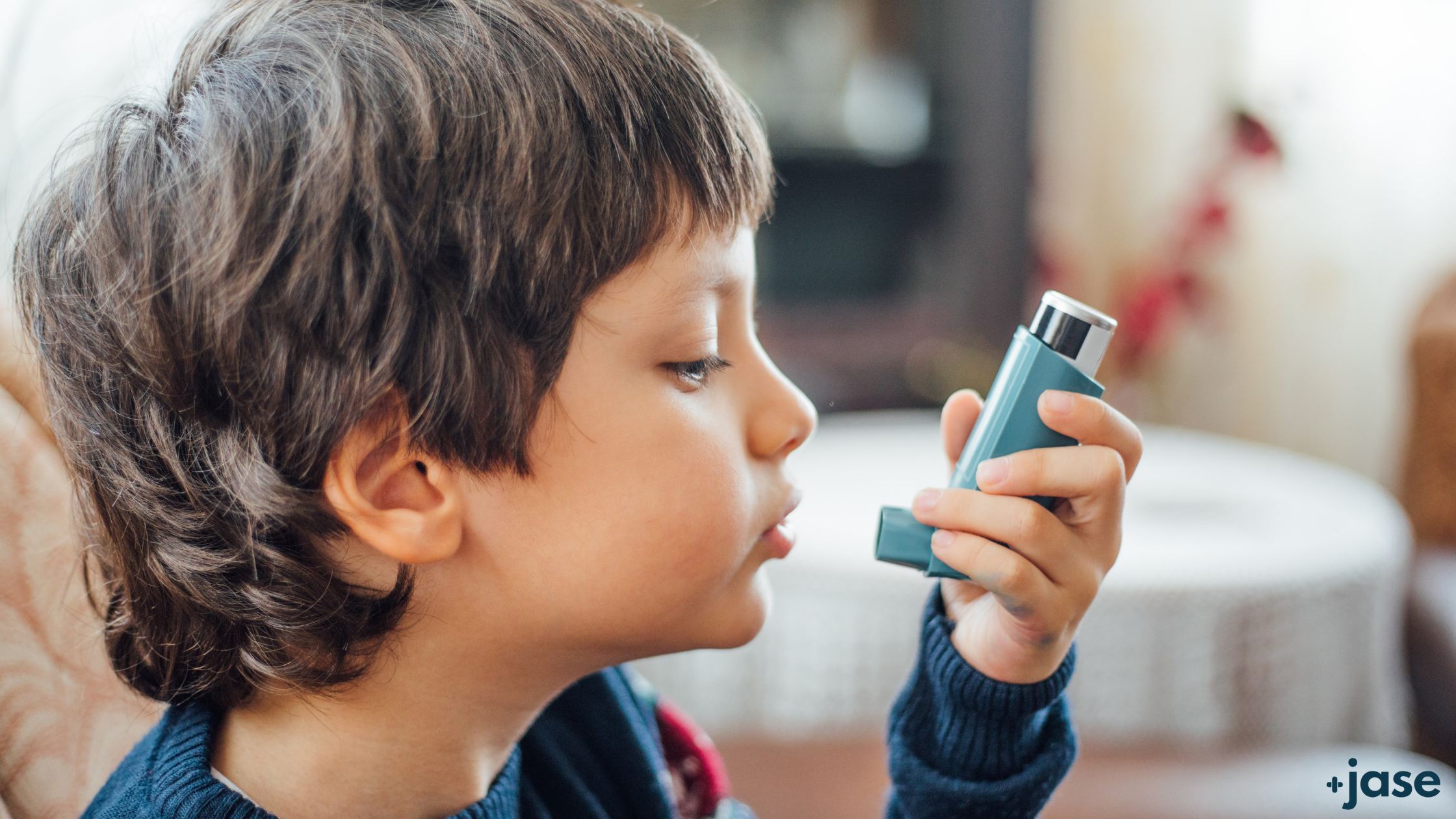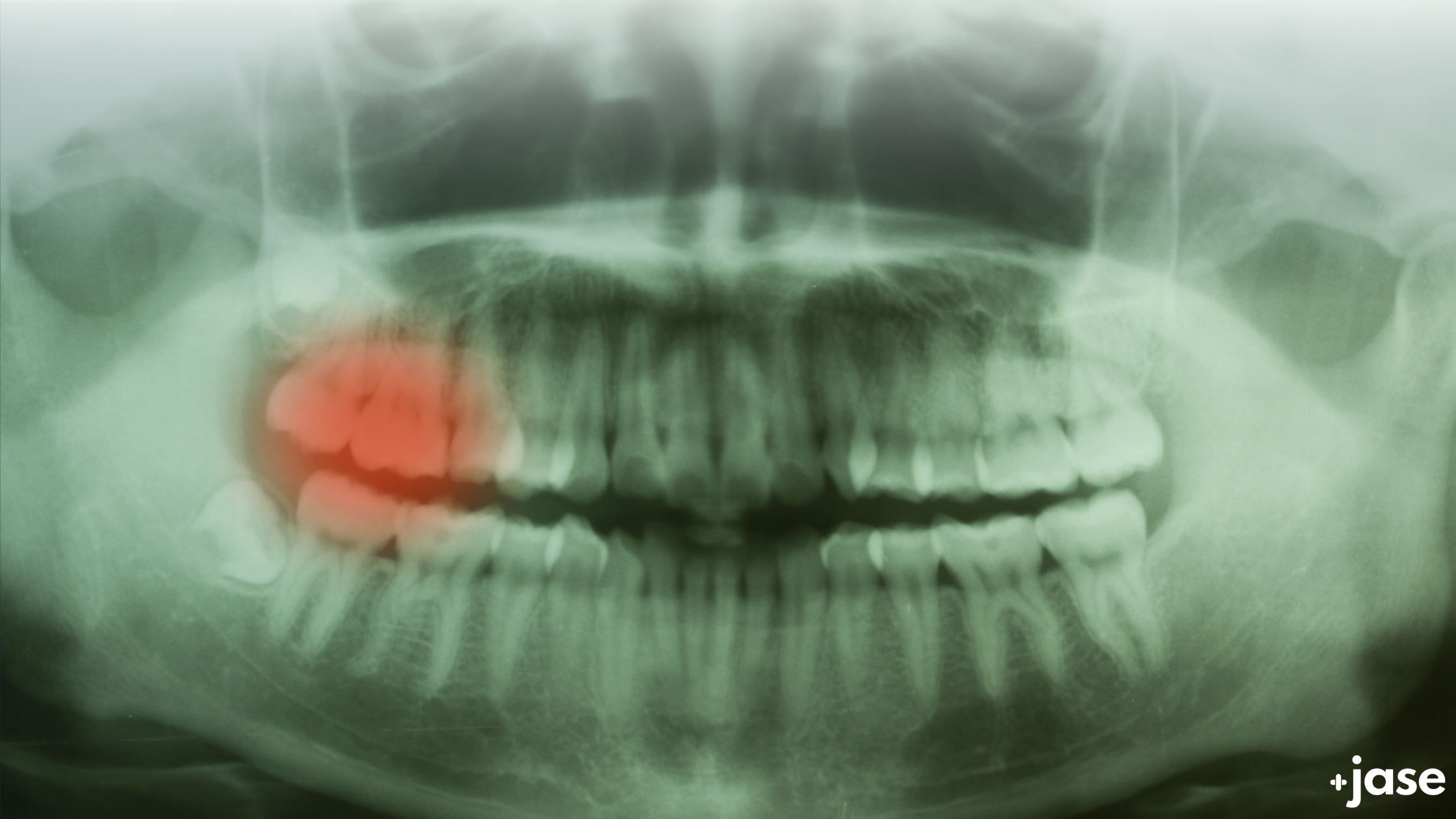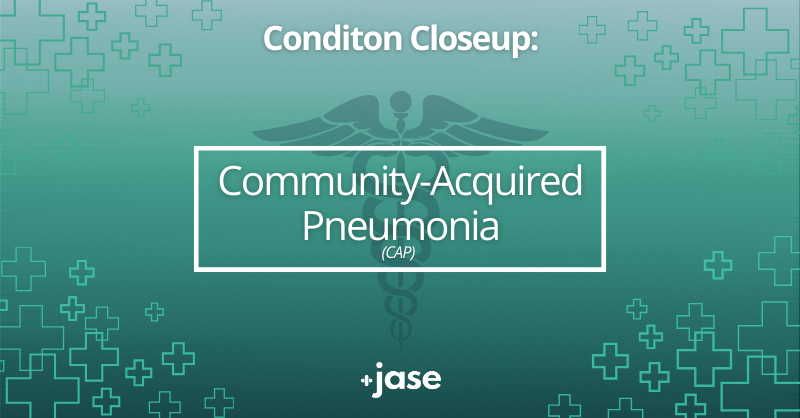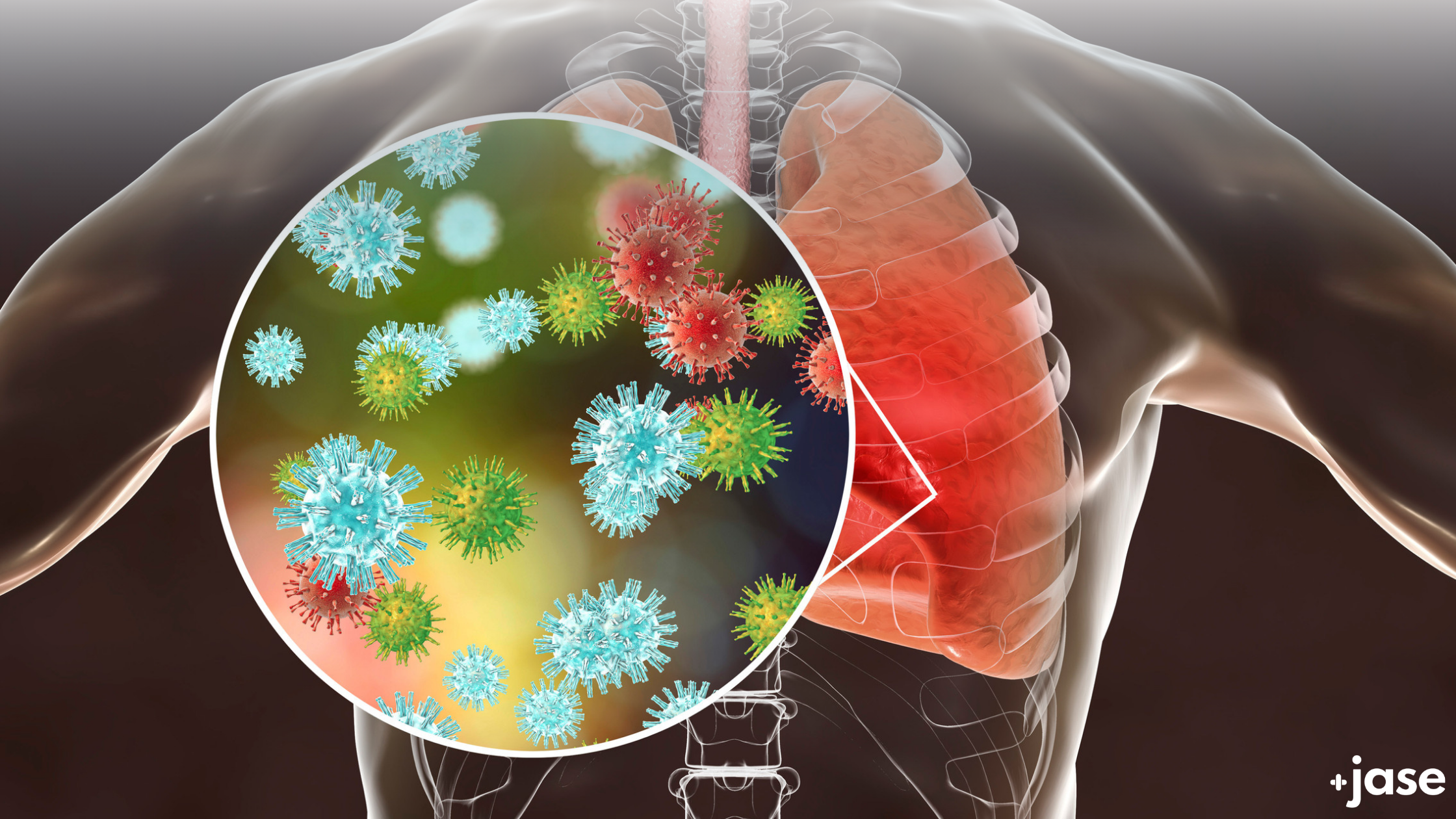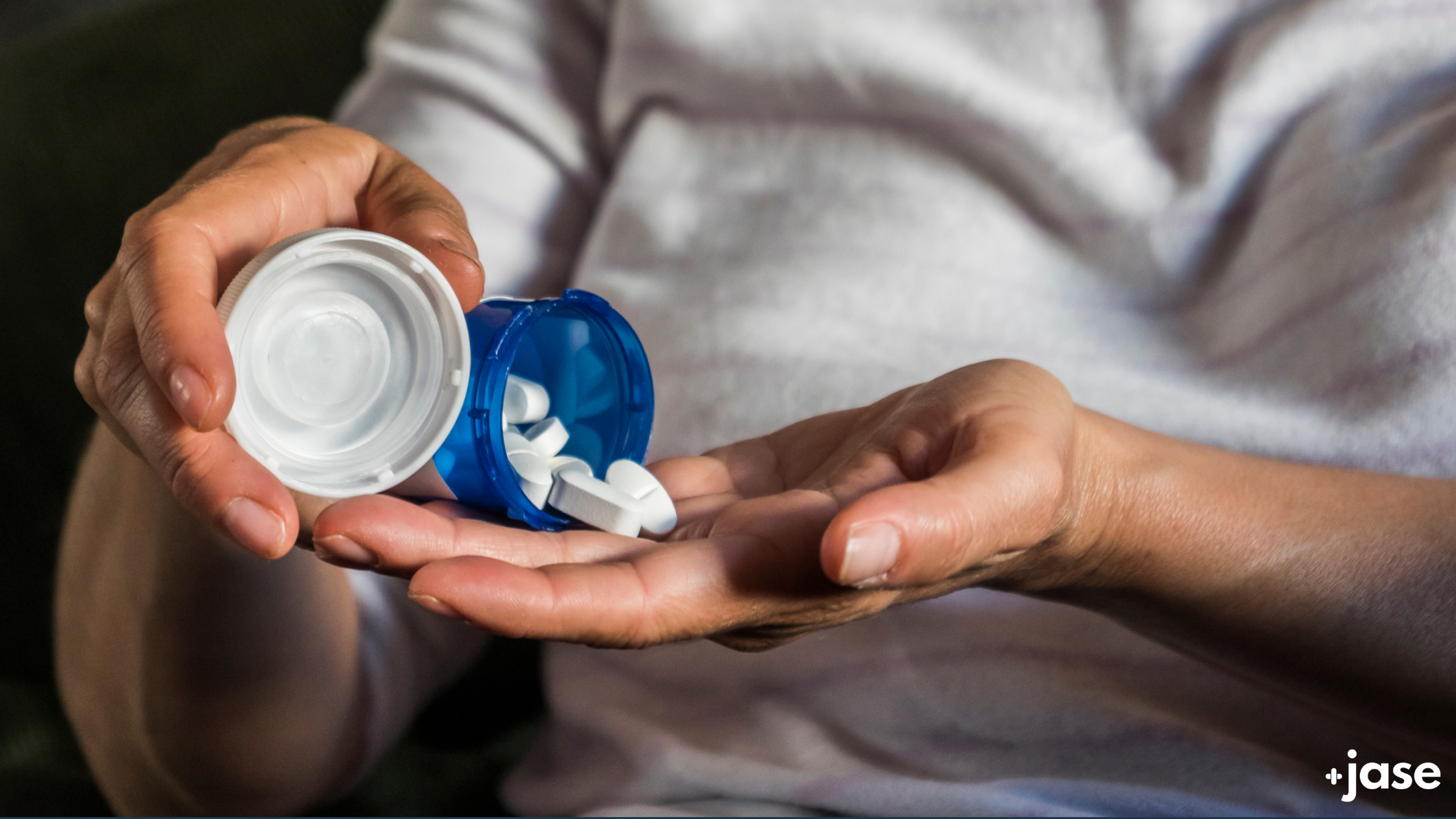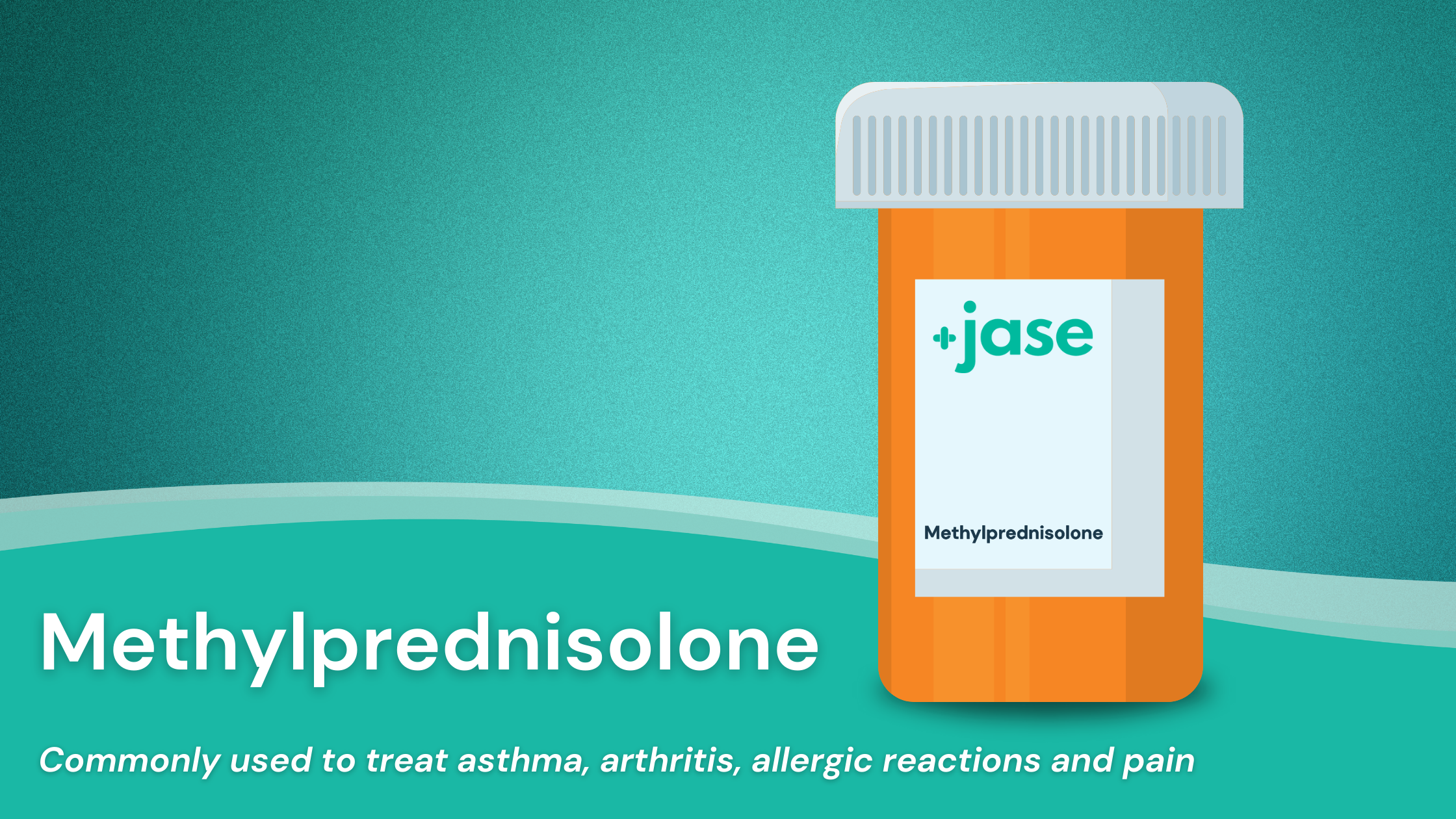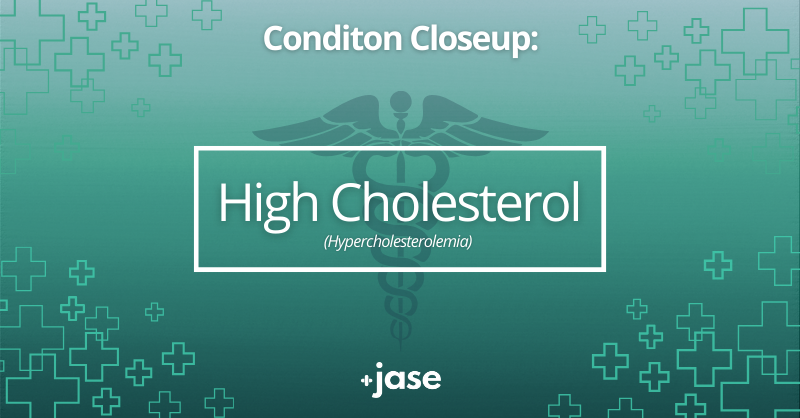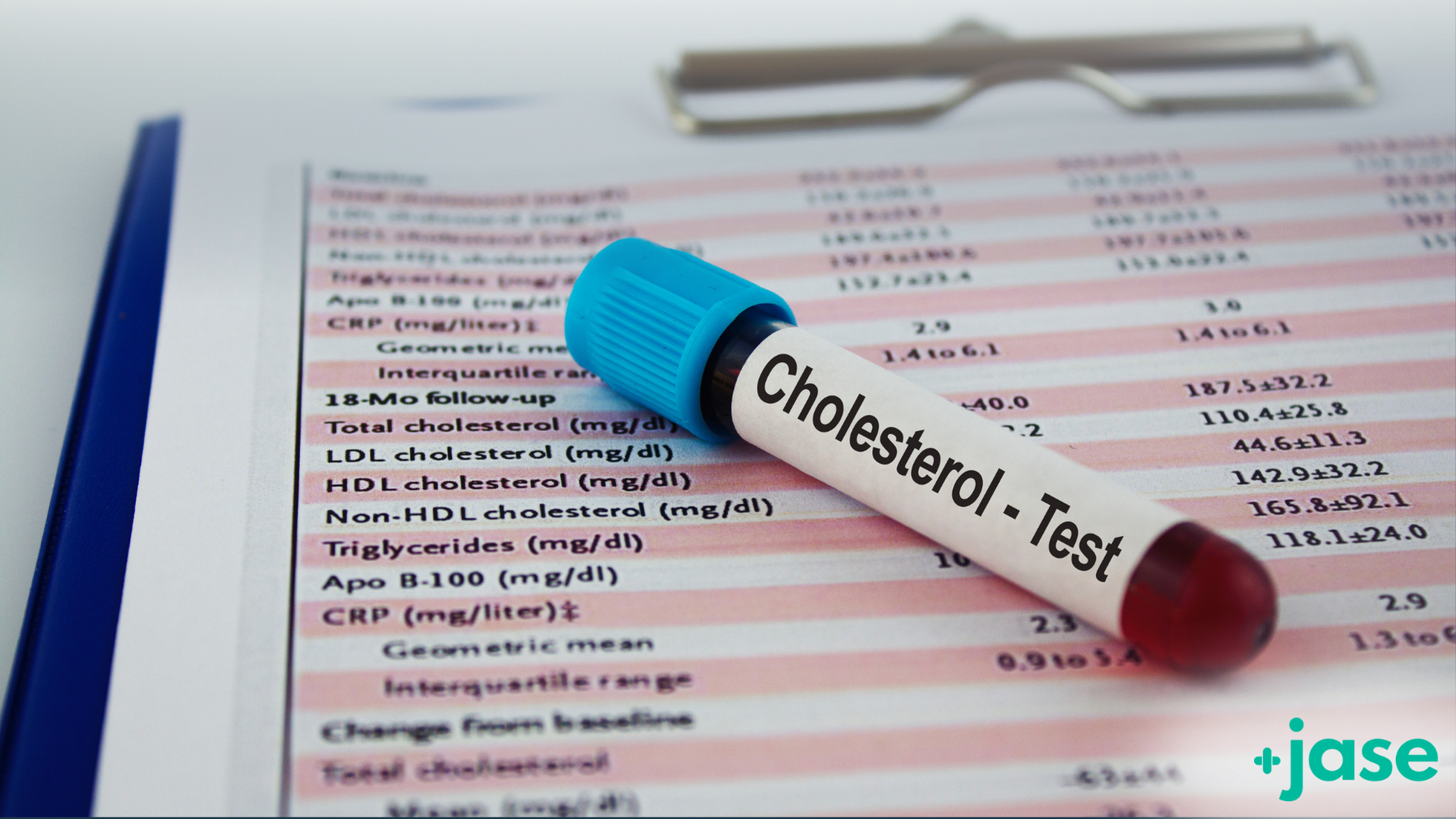Global health warnings are being issued, but you likely aren't at risk. Mpox: What You Need To Know The Centers for Disease Control (CDC) and the World Health Organization (WHO) have both recently released warnings declaring mpox a global health emergency....
Navigating Market Turbulence: How Plummeting Stocks Can Affect Consumer Prices
How The Recent Stock Market Downturn Signals Potential Price Increases for Consumers and Businesses
The stock market has experienced significant volatility in the past week, marked by a sharp downturn driven by political instability, trade tensions, and global conflicts. This economic turbulence is compounded by a disappointing July jobs report, fears that the Federal Reserve is behind in cutting interest rates, and a notable tech stock selloff. These factors contribute to growing concerns of a recession and rising inflation, creating a challenging economic environment for both consumers and businesses.

The Market Downturn: Causes and Implications
Causes of the Downturn
Recent stock market declines are a reflection of broader economic concerns:
- Political Instability and Trade Tensions: Ongoing trade disputes, particularly between major economies like the U.S. and China, create an uncertain business environment. Political instability in various regions further exacerbates this uncertainty, affecting investor confidence.
- Global Conflicts: Geopolitical tensions and conflicts disrupt global supply chains and trade flows, leading to economic instability and affecting market performance.
- Disappointing Economic Indicators: The July jobs report, which fell short of expectations, signals potential weaknesses in the U.S. economy. This has heightened fears of a slowdown.
- Monetary Policy Concerns: There are growing concerns that the Federal Reserve may be slow in adjusting interest rates to counteract economic slowdown and inflation, further fueling market fears.
- Tech Stock Selloff: High valuations and profit-taking in the tech sector have led to significant selloffs, contributing to overall market volatility.
| In the past several years, during periods of significant stock market downturns, consumer prices rose between 3-4% due to increased costs of goods and services. |
Effects on Commodity Prices and Finished Goods
Market volatility has direct and immediate effects on consumer behavior and prices. Economic uncertainty often leads to fluctuations in commodity prices, which can translate to higher costs for everyday goods. For the average consumer, this means facing rising prices and potential scarcity of certain commodities, ingredients, and finished goods.
Fluctuations in Commodity Prices
Economic instability often leads to significant fluctuations in the prices of key commodities. For example:
- Oil Prices: Geopolitical tensions and supply disruptions can lead to spikes in oil prices, affecting transportation costs and the prices of goods.
- Agricultural Products: Trade tensions and climate-related disruptions can impact the supply and prices of essential agricultural products like wheat, corn, and soybeans.
- Metals and Minerals: Industrial metals like copper and aluminum are affected by global economic conditions and trade policies, influencing the costs of manufactured goods.
Impact on Ingredients and Finished Goods
Higher commodity prices lead to increased production costs for manufacturers, which are often passed on to consumers. This impact is felt across various sectors:
- Food and Beverages: Rising prices for agricultural products lead to higher costs for food and beverages, affecting household budgets.
- Consumer Goods: Increased costs for raw materials and transportation can raise prices for everyday consumer goods, from electronics to clothing.
- Healthcare and Medications: The pharmaceutical industry relies on a steady supply of raw materials and active pharmaceutical ingredients (APIs). Economic volatility can lead to price increases for these materials, resulting in higher costs for medications.
Impact on Consumers
For consumers, the effects of market volatility are felt directly in their wallets. Rising prices for essential goods and services can strain household budgets, particularly for those already facing economic hardship. Key areas of impact include:
- Groceries: Higher prices for food and beverages can lead to increased grocery bills.
- Utilities and Transportation: Rising energy costs can affect household utility bills and transportation expenses.
- Healthcare: Increased costs for medications and healthcare services can burden individuals and families, particularly those with chronic conditions.
How This Can Affect Jase, and Our Customers
Market volatility can significantly impact consumer prices and behavior. Economic uncertainty often leads to fluctuations in commodity prices, which can affect the cost of goods. For the average consumer, such news typically means rising prices and increased scarcity of certain commodities, ingredients, and finished goods. Prescription medications are not immune to these trends.
For Jase, this could mean higher prices from our suppliers for medications. This is why we always encourage you to protect yourselves and your loved ones by having emergency meds on hand before the need arises. The urgency is only bolstered by potential price increases across consumer markets, including pharmaceuticals and medications. This proactive approach ensures that you and your family are protected against sudden medication price increases and supply shortages.
– Your partners in preparedness: Jase.com
Lifesaving Medications
Recent Posts
Keeping you informed and safe.
Mpox: Unpacking the Facts That Matter
Drug Shortages: Causes & Solutions
While things are being done at the national level to combat global shortages, there's more individuals can do at home. The Complexities of Prescription Drug Shortages Prescription drug shortages have reached unprecedented levels in recent years, disrupting the supply...
Common Back to School Illnesses
Diligent hygiene is key to preventing most illnesses kids get, but when that's not enough, medication intervention is common and recommended.10 Most Common Back to School Illnesses & Physician Recommended Medications As kids go back to school for the year, most...
Navigating Market Turbulence: How Plummeting Stocks Can Affect Consumer Prices
How The Recent Stock Market Downturn Signals Potential Price Increases for Consumers and Businesses The stock market has experienced significant volatility in the past week, marked by a sharp downturn driven by political instability, trade tensions, and global...













